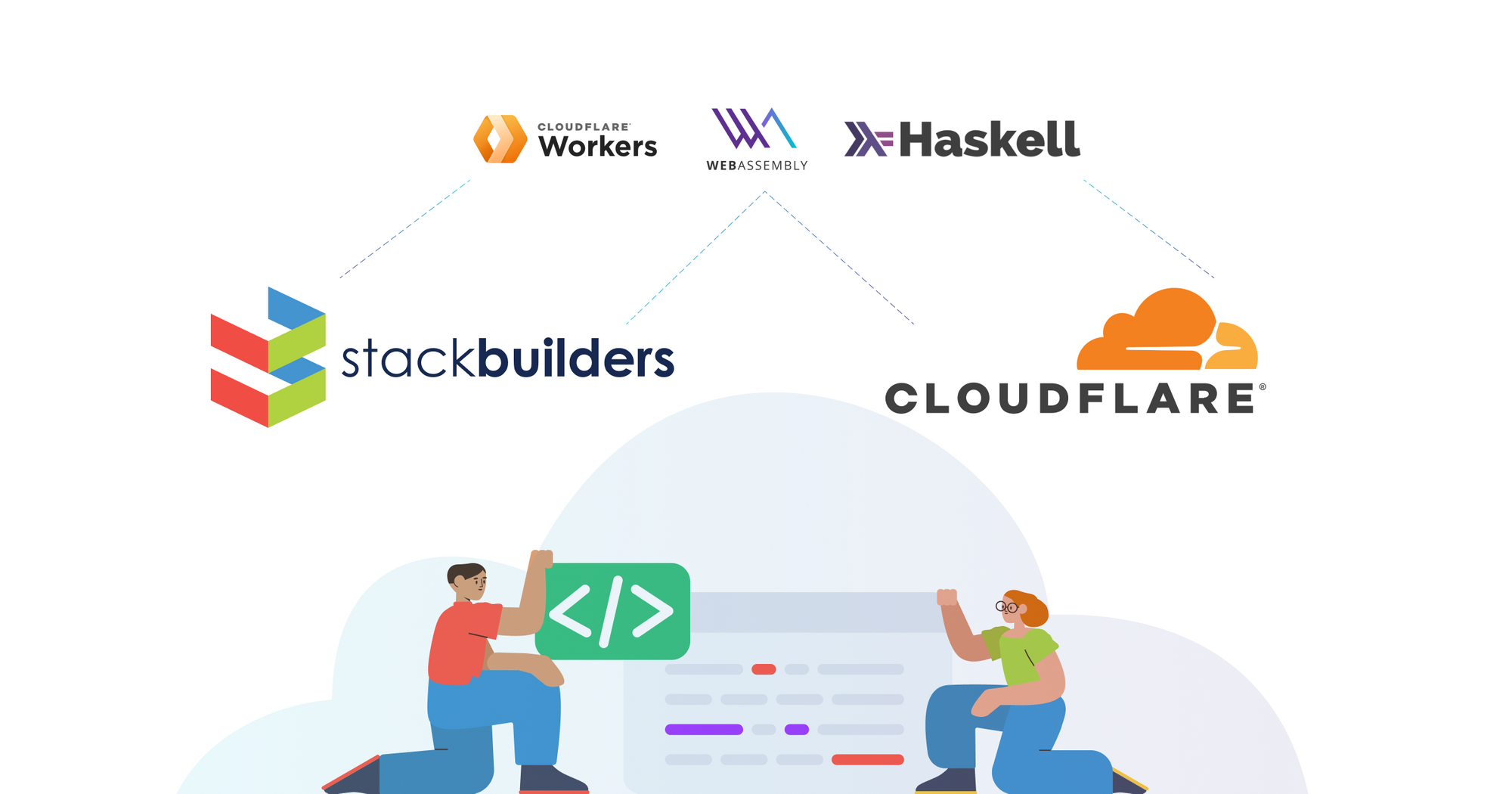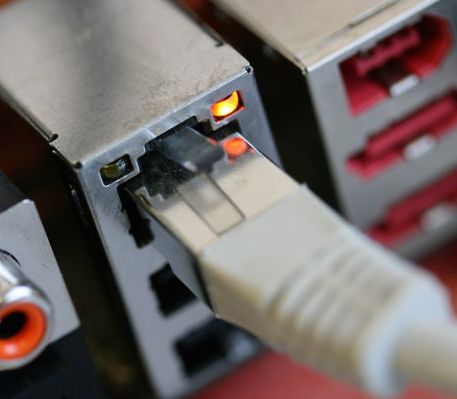Ultra-Wideband Tech Powers COVID-19 Contact Tracing Tools for Enterprises
Technology is allowing IT managers to address safety concerns with sensors now; smartphone chips on the way.AppIQ – Unprecedented visibility that Aviatrix CoPilot brings
Earlier in my career, I worked as a Network Engineer in the high-frequency trading industry at a capital market exchange. It was the time when electronic trading was gaining heavy momentum as open outcry was receding. This was thanks mainly in part to vendors such as Arista who leveraged merchant silicon from Broadcom to lead … Continue reading AppIQ – Unprecedented visibility that Aviatrix CoPilot bringsRFC1925 Rule 2
According to RFC1925, the second fundamental truth of networking is: No matter how hard you push and no matter what the priority, you can’t increase the speed of light.
However early in the world of network engineering this problem was first observed (see, for instance, Tanenbaum’s “station wagon example” in Computer Networks), human impatience is forever trying to overcome the limitations of the physical world, and push more data down the pipe than mother nature intended (or Shannon’s theory allows).
One attempt at solving this problem is the description of an infinitely fat pipe (helpfully called an “infan(t)”) described in RFC5984. While packets would still need to be clocked onto such a network, incurring serialization delay, the ability to clock an infinite number of packets onto the network at the same moment in time would represent a massive gain in a network’s ability, potentially reaching speeds faster than the speed of light. The authors of RFC5984 describe several attempts to build such a network, including black fiber, on which the lack of light implies data transmission. This is problematic, however, because a lack of information can be interpreted differently depending on the context. A pregnant pause has far different meaning Continue reading
Let’s build a Cloudflare Worker with WebAssembly and Haskell

This is a guest post by Cristhian Motoche of Stack Builders.
At Stack Builders, we believe that Haskell’s system of expressive static types offers many benefits to the software industry and the world-wide community that depends on our services. In order to fully realize these benefits, it is necessary to have proper training and access to an ecosystem that allows for reliable deployment of services. In exploring the tools that help us run our systems based on Haskell, our developer Cristhian Motoche has created a tutorial that shows how to compile Haskell to WebAssembly using Asterius for deployment on Cloudflare.
What is a Cloudflare Worker?
Cloudflare Workers is a serverless platform that allows us to run our code on the edge of the Cloudflare infrastructure. It's built on Google V8, so it’s possible to write functionalities in JavaScript or any other language that targets WebAssembly.
WebAssembly is a portable binary instruction format that can be executed fast in a memory-safe sandboxed environment. For this reason, it’s especially useful for tasks that need to perform resource-demanding and self-contained operations.
Why use Haskell to target WebAssembly?
Haskell is a pure functional languages that can target WebAssembly. As such, It helps developers Continue reading
EVPN Control Plane in Infrastructure Cloud Networking
One of my readers sent me this question (probably after stumbling upon a remark I made in the AWS Networking webinar):
You had mentioned that AWS is probably not using EVPN for their overlay control-plane because it doesn’t work for their scale. Can you elaborate please? I’m going through an EVPN PoC and curious to learn more.
It’s safe to assume AWS uses some sort of overlay virtual networking (like every other sane large-scale cloud provider). We don’t know any details; AWS never felt the need to use conferences as recruitment drives, and what little they told us at re:Invent described the system mostly from the customer perspective.
EVPN Control Plane in Infrastructure Cloud Networking
One of my readers sent me this question (probably after stumbling upon a remark I made in the AWS Networking webinar):
You had mentioned that AWS is probably not using EVPN for their overlay control-plane because it doesn’t work for their scale. Can you elaborate please? I’m going through an EVPN PoC and curious to learn more.
It’s safe to assume AWS uses some sort of overlay virtual networking (like every other sane large-scale cloud provider). We don’t know any details; AWS never felt the need to use conferences as recruitment drives, and what little they told us at re:Invent described the system mostly from the customer perspective.
NFA is officially out of Beta!
It’s been almost a year since our first NFA Beta commit. From there on, we’ve seen the product achieve widespread interest and
The post NFA is officially out of Beta! appeared first on Noction.
NFA is officially out of Beta!
The post NFA is officially out of Beta! appeared first on Noction.
Why Reining in Unnecessary Cloud Spending is IT’s Next Priority in the COVID Era
The faster businesses can understand their cloud consumption habits, clarify policies, and enact accountability, the sooner they can effectively manage their sprawling cloud spend.Thoughts From Networking Field Day 23

I know I’m a little late getting this post out but Networking Field Day 23 was a jam-packed event with lots of things to digest. I wanted to share some quick thoughts about it here that should create some discussion amongst the community, hopefully.
- If you don’t believe that wireless is the new access edge, go look at Juniper. Their campus networking division is basically EX switching and Mist. That’s it. Remember how HPE called Aruba a “reverse acquisition” years ago? And how Aruba essentially took over the networking portion of HPE? Don’t be surprised to see Juniper getting more misty sooner rather than later. And that’s a good thing for everything that isn’t a carrier or service provider router.
- Network monitoring became telemetry and is now transforming into digital experience. What is the difference to me? Monitoring devices tells you point-in-time information. Telemetry gives you the story of those point-in-time measurements over the course of days or weeks and can help you find issues. Experience is all about how that looks to your users. Problems don’t always affect them the same way it might appear on a dashboard. Likewise, things you don’t always see in your alerts can affect Continue reading
Microsoft Exec: How Enterprises are Democratizing Data
During her Interop Digital keynote, Microsoft's Alysa Taylor will discuss how technology has been a catalyst for accelerated value and change in 2020.Tech Bytes: NetMotion Integrates VPNs With The Software Defined Perimeter
Today's Tech Bytes, sponsored by NetMotion Software, explores how NetMotion integrates client VPNs with more modern approaches, including Zero Trust Network Access (ZTNA) and the Software Defined Perimeter. Our guest is Mike Spence, Systems Engineer at NetMotion.Tech Bytes: NetMotion Integrates VPNs With The Software Defined Perimeter
Today's Tech Bytes, sponsored by NetMotion Software, explores how NetMotion integrates client VPNs with more modern approaches, including Zero Trust Network Access (ZTNA) and the Software Defined Perimeter. Our guest is Mike Spence, Systems Engineer at NetMotion.
The post Tech Bytes: NetMotion Integrates VPNs With The Software Defined Perimeter appeared first on Packet Pushers.